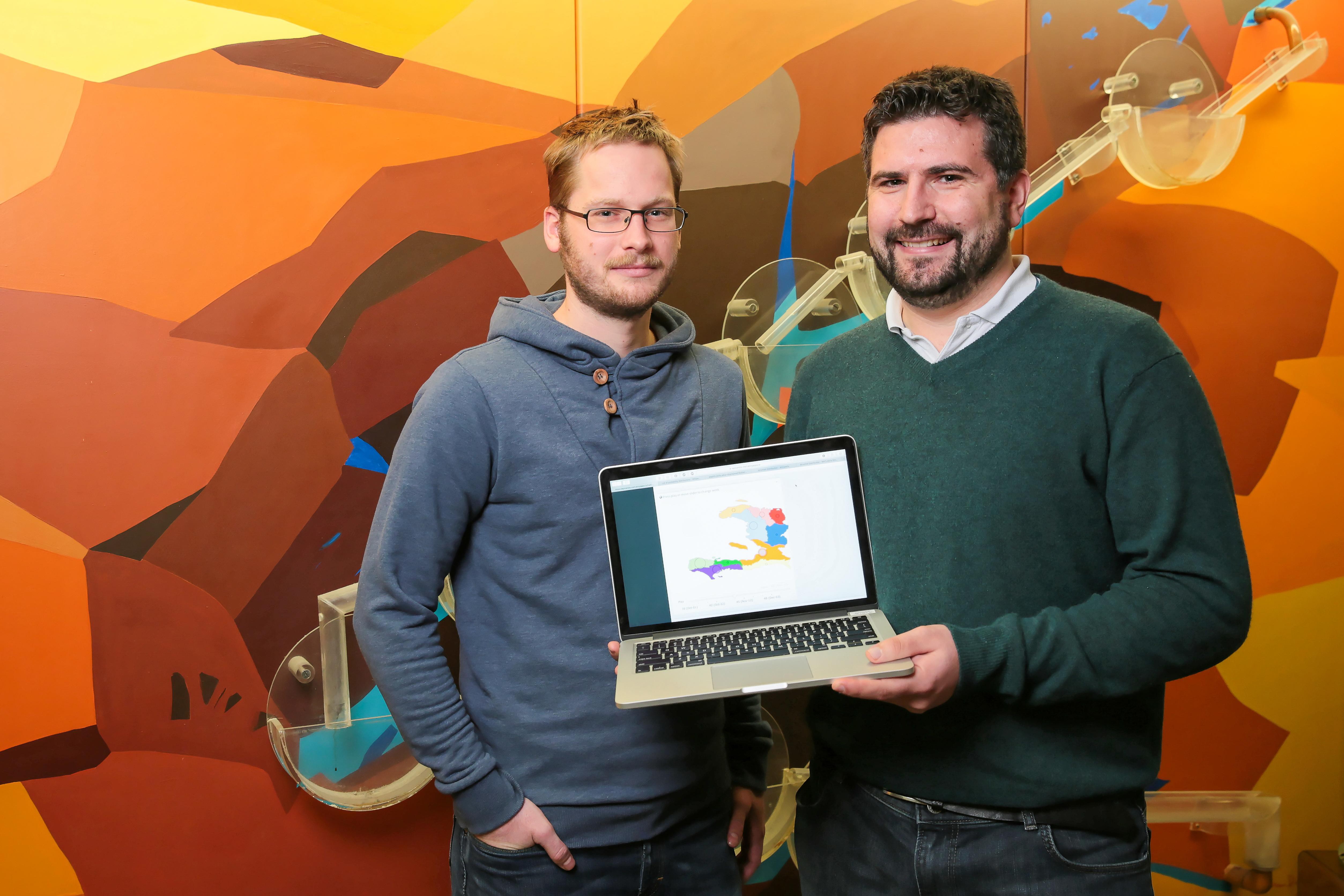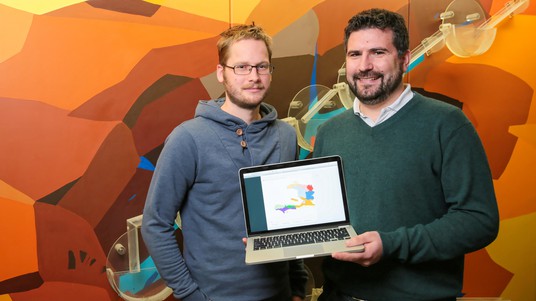Fighting cholera by predicting how it spreads

The World Health Organization delivered a million cholera vaccines to Haiti on 26 October 2016. © UN Photo/Logan Abassi
In October, EPFL and Médecins Sans Frontières joined forces in an unprecedented effort to predict how the cholera epidemic in Haiti will spread. Their projections are now used by organizations battling the epidemic on the ground.
On 4 October 2016, Hurricane Matthew wrought havoc in southwestern Haiti. The cholera outbreak that it triggered, coming in the middle of the rainy season, simply added to the prevailing chaos in that country.
Researchers at EPFL were soon contacted by Médecins Sans Frontières (MSF) and asked for their help in predicting the number of new cases of cholera in real time. What for? To provide organizations battling the epidemic on the ground with the information they need to make the right decisions at the right time.
This is the first time that EPFL and MSF have teamed up to fight an epidemic. Their approach is based on a mathematical model that EPFL built in 2010; the researchers simply had to redesign it so that it would provide real-time projections. The model factors in a broad range of data associated with the spread of cholera, including the latest recorded cases, people flows, and rain forecasts.
“When Hurricane Matthew hit, MSF saw a need for EPFL's model, which is widely recognized in this field. We were familiar with the model and asked the researchers to apply it to the current epidemic,” says Anton Camacho, who specializes in modeling infectious diseases. Camacho works for Epicentre, an association that conducts epidemiological research for MSF.
In mid-October, two researchers in EPFL's Laboratory of Ecohydrology (ECHO) took up the challenge: Flavio Finger, a PhD student in environmental engineering who specializes in modeling cholera epidemics, and Damiano Pasetto, a mathematician doing a postdoc at EPFL with expertise in real-time projections. The researchers turn their projections into best- and worst-case epidemic scenarios, and the information is then sent to Camacho at Epicentre, who includes them in the reports provided to the specialists working to contain the outbreak.
Objective and non-political data
The scenarios that the researchers predict add a scientific component to the information gathered on the ground. Their projections supported the World Health Organization's (WHO) decision to run a vaccination campaign in departments in southern Haiti in November: “The researchers’ objective and non-political data proved crucial when the World Health Organization decided to deliver a million vaccine doses this past fall during the rainy season,” says Camacho. “Their model is very flexible. We can factor in ongoing vaccination efforts, predict how the epidemic will develop over time and plan future vaccination campaigns.” Flavio Finger adds: “That said, we must bear in mind that our projections always include a margin of error. For example, the rain forecasts provided by NASA are accurate in the short term but less so over longer periods. It can also be hard to predict where people will go, especially in the midst of an outbreak.”
Finger had already worked on this model in 2013 in Haiti and this past spring in Senegal (see article links below). In both cases, however, modeling was carried out after the cholera epidemics had ended. That back-testing approach – mapping out how those epidemics spread – was used to refine the existing model, and in Haiti’s current crisis, the model’s real-time capability is crucial. This is where Pasetto’s math skills and Finger’s in-depth knowledge of the subject come into play.
Working together seamlessly
“Working together and seeing the impact immediately adds a whole new dimension and sense of urgency to our research,” said Finger. Camacho notes: “This initiative is a good example of how an NGO and the academic world can work together effectively. We were able to act quickly in response to an evolving epidemic. Analyzing data in real time forced us to work differently – this included automating our processes in order to save time.”
MSF decided to publish the researchers’ data on an open-access website throughout the process. Both MSF and the EPFL team say that this model could be applied to cholera outbreaks in other regions. Their results will also be included in official MSF reports and in future scientific publications.
Since the cholera epidemic first struck Haiti in 2010, it has killed nearly 10,000 people and infected 800,000 more. With the rainy season now coming to an end, new cases are on the decline, but the EPFL researchers and MSF will nevertheless set up a system for monitoring the epidemic in the medium term.
- This project is being overseen by Professor Andrea Rinaldo, director of EPFL’s Laboratory of Ecohydrology (ECHO), and Enrico Bertuzzo, a former EPFL researcher who is now an associate professor at the Ca' Foscari University of Venice.



